The Ultimate Guide to Grooming Your Cat
Learn the ultimate guide to grooming your cat, from brushing their fur to trimming nails and cleaning ears. Essential tips for keeping your cat healthy and happy.
12/17/20244 min read


Grooming is an essential part of keeping your cat healthy, comfortable, and happy. While cats are natural self-groomers, they still need our help to maintain a clean and healthy coat, manage shedding, and prevent issues like mats or overgrown claws. In this ultimate guide, we’ll break down everything you need to know about grooming your cat, from brushing their fur to trimming their nails, with easy-to-follow tips for beginners.
1. Why Grooming Your Cat Is Important
Grooming does more than just keep your cat looking great—it supports their overall health and well-being.
Benefits of Regular Grooming:
Reduces shedding and hairballs.
Prevents mats and tangles in fur.
Allows early detection of skin issues, parasites, or injuries.
Keeps claws, ears, and eyes clean and healthy.
Strengthens your bond with your cat.
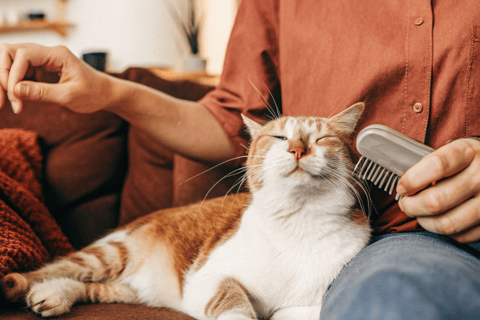

2. Tools You Need for Grooming
Before you start, gather the right tools to make grooming smooth and stress-free.
Essential Grooming Tools:
Brushes and Combs: Use slicker brushes, metal combs, or deshedding tools based on your cat’s coat type.
Claw Clippers: Specially designed nail trimmers for cats.
Cat Shampoo: A mild, cat-safe shampoo (never use human shampoo).
Ear and Eye Wipes: Gentle wipes to clean ears and eyes.
Toothbrush and Cat Toothpaste: For oral hygiene.
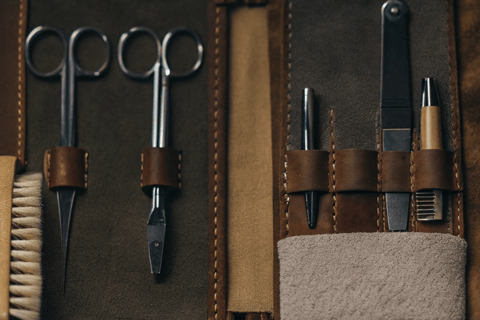

Learn more about "Top Tools for Grooming Your Cat at Home."
3. How to Brush Your Cat's Fur
Regular brushing keeps your cat’s fur smooth, reduces shedding, and prevents mats. The method will vary based on your cat’s coat type:
Short-Haired Cats
Brush gently once or twice a week using a soft slicker brush.
Start from the head and work your way to the tail, following the direction of the fur.
Long-Haired Cats
Brush daily to prevent mats and tangles. Use a wide-toothed comb for tough spots.
Focus on areas prone to matting, like under the legs, behind the ears, and the belly.
Pro Tip: Give treats during grooming to create a positive association.
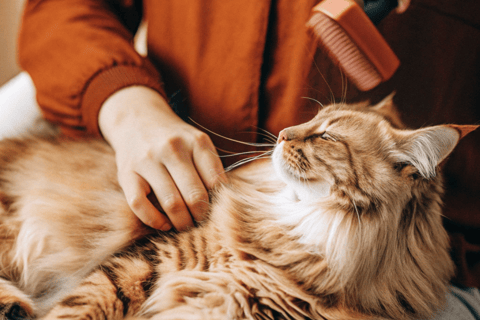

4. Bathing Your Cat: When and How
Cats generally don’t need frequent baths, but occasional baths may be necessary if they get particularly dirty, have oily fur, or suffer from skin issues.
How to Bathe Your Cat Safely:
Prepare the Supplies: Use cat-safe shampoo, a non-slip mat, and lukewarm water.
Stay Calm: Speak softly and handle your cat gently.
Wet Gradually: Avoid pouring water over their head; use a damp cloth instead.
Rinse Thoroughly: Make sure no shampoo residue remains.
Dry Gently: Pat them dry with a soft towel or use a hairdryer on a low setting (if your cat tolerates it).
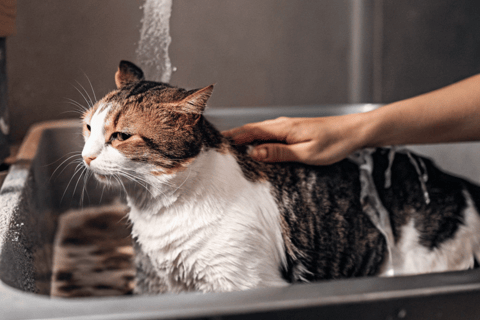

check out PetMD’s Guide to Bathing Cats.
5. Nail Trimming Made Easy
Overgrown claws can cause discomfort, damage furniture, or even injury. Regular nail trims are essential.
Steps to Trim Your Cat’s Nails:
Choose a time when your cat is calm and relaxed.
Hold their paw gently and press to extend the claws.
Trim only the sharp tip of the nail, avoiding the pink "quick" (where blood vessels are).
Reward your cat with treats afterward.
Pro Tip: Trim a few nails at a time if your cat is nervous.
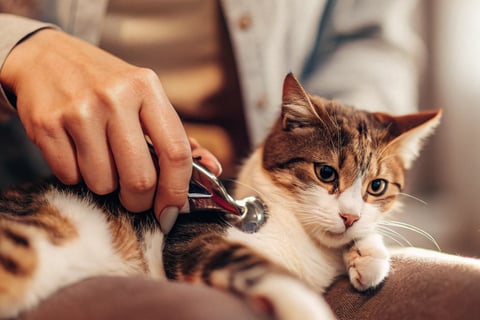

Learn about "Step-by-Step Guide to Trimming Your Cat’s Nails."
6. Cleaning Your Cat’s Ears and Eyes
Healthy ears and eyes are critical to your cat’s overall health.
How to Clean Ears:
Use a soft cotton ball or wipes specifically designed for cat ears.
Gently wipe the visible ear area; avoid inserting anything into the ear canal.
How to Clean Eyes:
Wipe gently with a clean, damp cloth or cat-safe eye wipes.
Remove any discharge around the corners of the eyes.
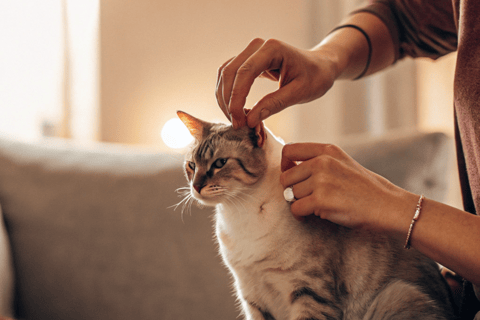

7. Dental Care for Cats
Oral hygiene is often overlooked but is essential for preventing dental disease.
Tips for Cleaning Your Cat’s Teeth:
Use a toothbrush and toothpaste formulated for cats.
Start slow—let your cat get used to the taste of the toothpaste first.
Aim to brush your cat’s teeth 2-3 times a week.
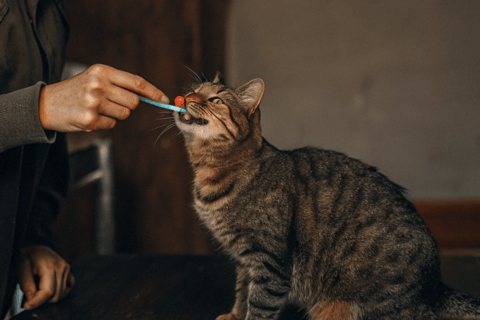

check out ASPCA’s Dental Care Tips for Cats.
8. Grooming Tips for Cats That Hate Being Groomed
Not all cats enjoy grooming. If yours resists, try the following:
Start with short, gentle sessions.
Use positive reinforcement with treats and praise.
Choose a quiet environment with minimal distractions.
Gradually introduce tools like brushes and clippers.


Conclusion
Grooming your cat doesn’t have to be stressful. With the right tools, techniques, and patience, you can make grooming a positive experience for both you and your feline friend. From brushing fur and trimming nails to maintaining dental health, regular grooming helps keep your cat looking and feeling their best.
Make grooming sessions fun, stress-free, and rewarding, and enjoy the added benefit of strengthening the bond between you and your cat!
